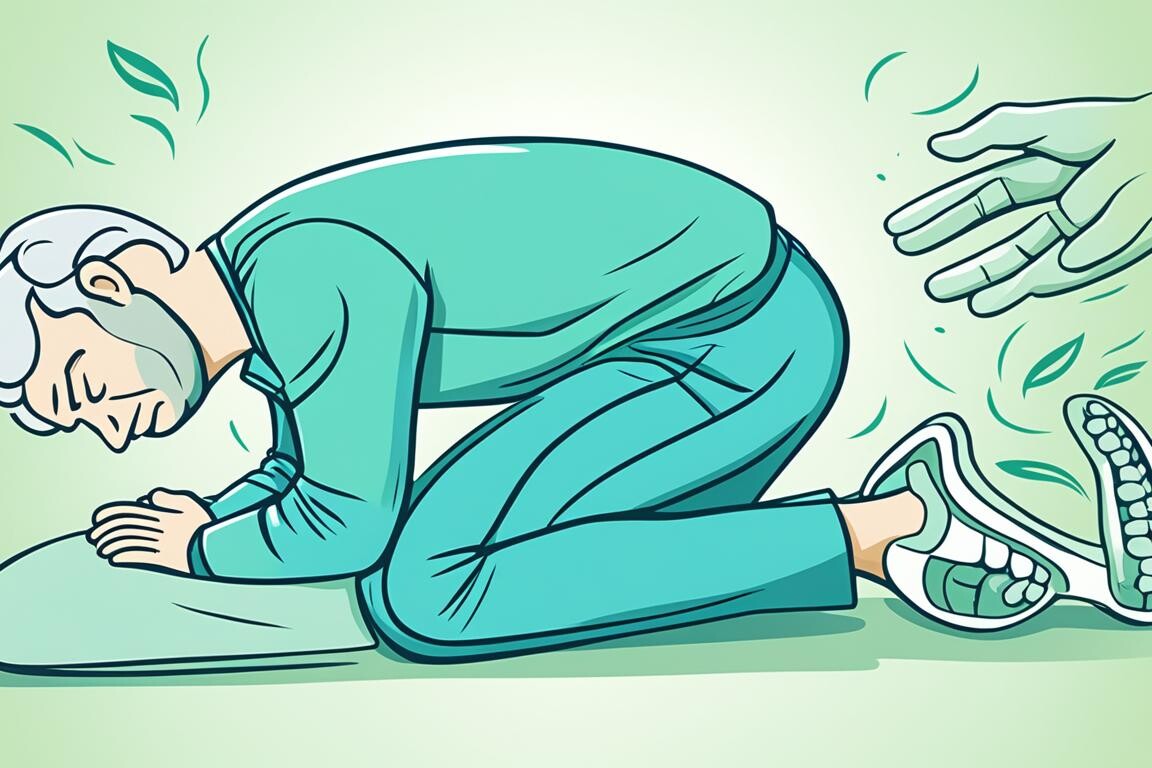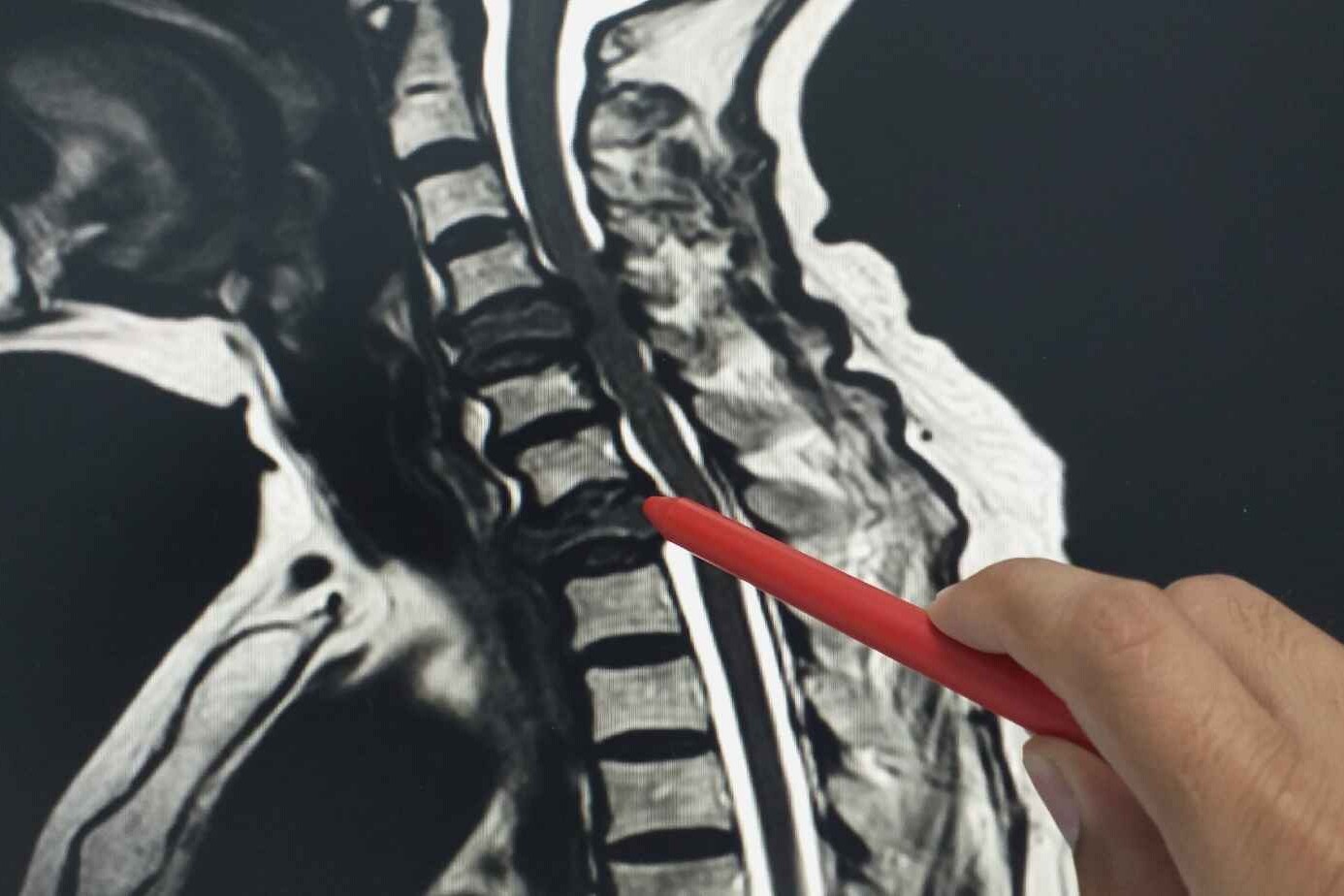Navigating the recovery exercise after spine surgery is a significant undertaking, and understanding how to rebuild strength, mobility, and flexibility in the back is vital to a successful rehabilitation journey. Incorporating targeted exercises into the rehabilitation plan is crucial whether you’re the individual who underwent the procedure or supporting someone in their recovery. Below, we’ll delve into essential practices that play a pivotal role in spinal recovery and strengthening:
Embarking on the path to recovery exercise after spine surgery is undoubtedly a challenging journey. Still, armed with the appropriate exercises and expert guidance, you can gradually rebuild your strength and regain the confidence to resume your daily activities. Let’s delve into specific practices and strategies essential for this transformative phase:
Table of Contents
ToggleGentle Neck Stretches Exercise After Spine Surgery
Whether you’ve undergone surgery in your neck or lower back, incorporating gentle neck stretches into your recovery exercise after spine surgery routine can be beneficial for alleviating tension and enhancing mobility. These exercises contribute to the overall well-being of the spine, promoting flexibility and reducing stiffness. Consider integrating the following simple practice into your recovery regimen

- Maintain an upright posture whether sitting or standing, with your shoulders in a relaxed position.
- Gently incline your head to one side, bringing your ear closer to your shoulder in a gradual motion.
- Hold the stretch for 15-30 seconds, feeling a gentle pull along the side of your neck.
- Repeat on the other side.
- Perform this stretch 3-5 times on either side.
Upper Back Mobility
After spine surgery, it’s crucial to maintain mobility in your upper back to avoid stiffness. Try this exercise to improve your upper back mobility

- Sit or stand up straight with your arms crossed over your chest.
- Softly turn your upper body towards one side.
- Hold the stretch for 15-30 seconds.
- Return to the starting position.
- Repeat on the other side.
- Do this exercise 3-5 times on each side.
Abdominal Bracing Exercise After Spine Surgery
Strengthening your core muscles is essential for spine surgery recovery, as it helps support your back. Start with abdominal bracing

- Lie on your back with your knees bent, and keep your feet resting flat on the floor.
- Engage your abdominal muscles by drawing your belly button toward your spine, creating a gentle tightening sensation.
- Hold this contraction for 5-10 seconds while breathing normally.
- Relax and repeat 10-15 times.
Pelvic Tilt
Pelvic tilts are another excellent exercise to engage your core muscles and maintain flexibility in your lower back:

- Lie on your back with your knees flexed and feet resting flat on the floor.
- Gently tilt your pelvis up, pushing your lower back onto the floor.
- Hold for a few seconds.
- Release the tilt and let your lower back arch slightly.
- Repeat this movement 10-15 times.
Leg Slides
This exercise helps maintain mobility in your lower back and hips, which is crucial for your recovery

- Lie on your back with your knees flexed and your feet planted flat on the floor.
- Slowly slide one foot out along the floor, straightening your leg.
- Slide it back in.
- Repeat with the other leg.
- Complete this exercise 10-15 times for each leg.
Glute Squeezes Exercise After Spine Surgery
Strong gluteal muscles can help support your lower back and improve overall spine stability

- Rest on your back with your knees flexed and feet placed flat on the floor.
- Squeeze your buttocks together and hold for a few seconds.
- Relax.
- Repeat the squeeze 10-15 times.
Leg Raises Exercise After Spine Surgery
This exercise will strengthen your leg muscles while being gentle on your spine

- Lie down on your back with your legs stretched out.
- Gradually raise one leg from the ground while maintaining its straight position.
- Lower it back down.
- Repeat with the other leg.
- Do 10-15 leg raises on each leg.
Seated Marching Exercise After Spine Surgery
If you prefer exercises in a seated position, try seated marching

- Sit in a stable chair with your feet resting flat on the floor.
- Elevate one knee as high as is comfortable for you.
- Lower it back down.
- Repeat with the other knee.
- Perform 10-15 marches on each leg.
Standing Wall Slide
This standing exercise can help improve your posture and lower back strength

- Stand against a wall with your feet spaced hip-width apart.
- Slide your body down the wall as far as possible, bending your knees.
- Hold for a few seconds.
- Slowly slide back up.
- Repeat this movement 10-15 times.
Gentle Walks
One of the best exercises you can do after spine surgery is walking. Start with short, gentle walks and gradually increase your distance as you feel more comfortable. Walking helps improve overall mobility, maintain cardiovascular health, and support spine recovery.

Safety Tips
While these exercises are generally safe for most people recovering from spine surgery, it’s essential to keep these safety tips in mind:
- Seek advice from your surgeon or healthcare provider before initiating any exercise regimen. They can provide specific recommendations based on your surgery and individual needs.
- Begin at a gradual pace and incrementally enhance the intensity of your exercises. Pay attention to your body’s signals and steer clear of overexertion.
- Use proper form and technique for each exercise to prevent injury. If you need more clarification, consider working with a qualified physiotherapist.
- If you experience increased pain, discomfort, or unusual symptoms during or after exercising, stop immediately and consult your healthcare provider.
- Stay consistent with your exercises; regular practice is vital to your recovery.
Conclusion
Remember, your body is on its timeline for healing, and it’s crucial to respect its signals. Take each step deliberately and listen to your body throughout the process. If you have any questions or concerns, don’t hesitate to communicate with your healthcare provider. Working together can build a more muscular, healthier back and enhance your overall quality of life. The journey may be gradual, but with dedication and the proper support, you’re on the path to a robust and resilient recovery.
About The Author

This article is medically reviewed by Dr. Chandril Chugh, Board-Certified Neurologist, providing expert insights and reliable health information.
Dr. Chandril Chugh is a U.S.-trained neurologist with over a decade of experience. Known for his compassionate care, he specializes in treating neurological conditions such as migraines, epilepsy, and Parkinson’s disease. Dr. Chugh is highly regarded for his patient-centered approach and dedication to providing personalized care.
→ Book a consultation to discover which remedies suit your needs best.




